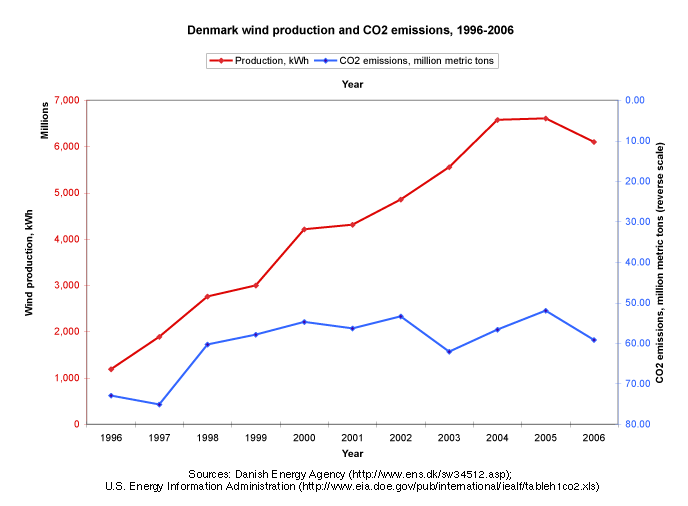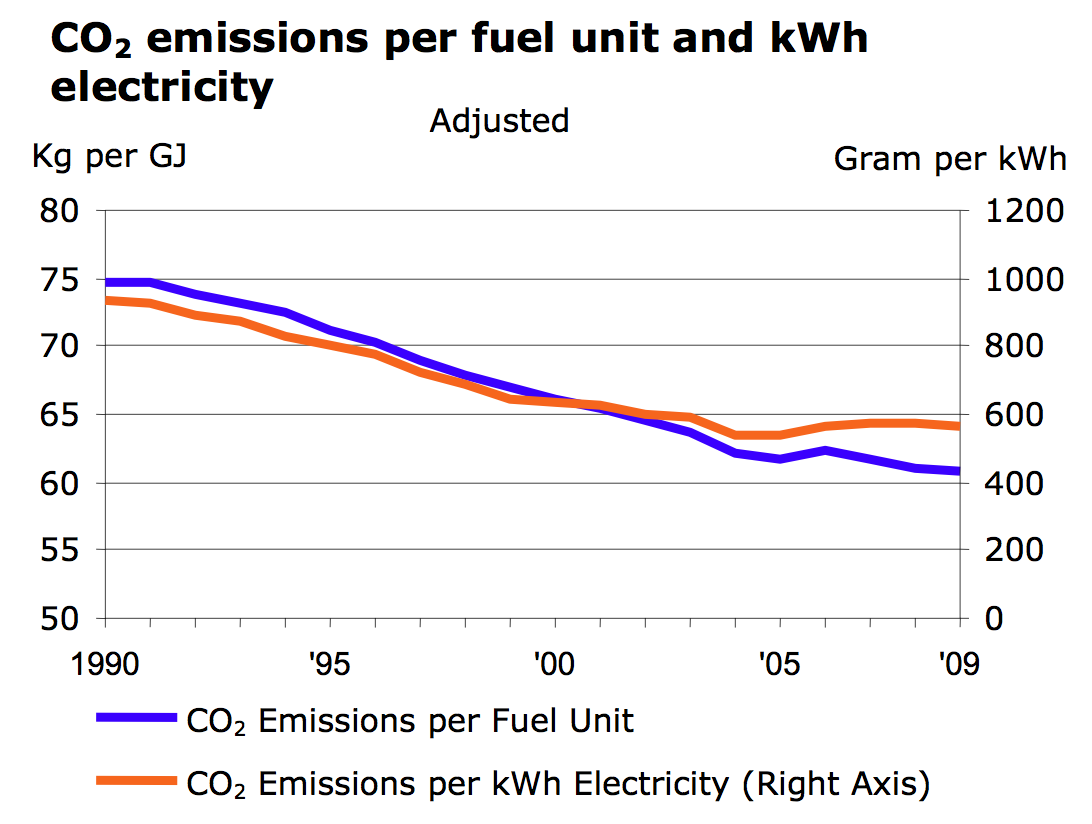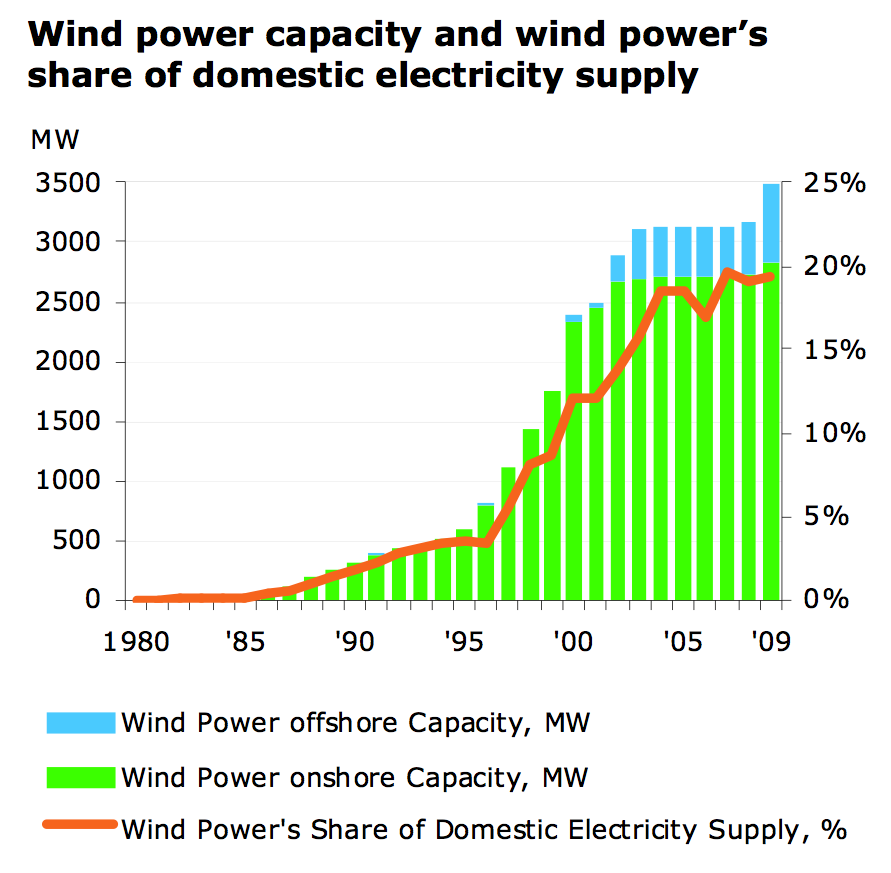Firmin DeBrabander, Chair of Humanistic Studies at Maryland Institute College of Art, writes at Counterpunch:
What if electric cars made pollution worse, not better? What if they increased greenhouse gas emissions instead of decreasing them? Preposterous you say? Well, consider what's happened in Sweden.
Through generous subsidies, Sweden aggressively pushed its citizens to trade in their cars for energy efficient replacements (hybrids, clean diesel vehicles, cars that run on ethanol). Sweden has been so successful in this initiative that it leads the world in per capita sales of 'green cars.' To everyone's surprise, however, greenhouse gas emissions from Sweden's transportation sector are up.
Or perhaps we should not be so surprised after all. What do you expect when you put people in cars they feel good about driving (or at least less guilty), which are also cheap to buy and run? Naturally, they drive them more. So much more, in fact, that they obliterate energy gains made by increased fuel efficiency.
We need to pay attention to this as GM and Nissan roll out their new green cars to great fanfare. The Chevy Volt, a hybrid with a lithium-ion battery, can go 35 miles on electric power alone (after charging over night, for example), and GM brags on its website that if you limit your daily driving to that distance, you can "commute gas-free for an average of $1.50 a day." The Volt's price is listed at a very reasonable $33K (if you qualify for the maximum $7500 in tax credits). The fully electric Nissan Leaf is advertized for an even more reasonable $26K (with qualifying tax credits, naturally). What a deal—and it's good for you, too, the carmakers want you to know. As GM helpfully points out on its website, "Electricity is a cleaner source of power."
[
Ed: Electricity, however, is primarily generated by burning coal. Electric cars only shift the emissions from car to power plant.]
Sweden is a model of sustainability innovation, while the US is the most voracious consumer on the planet. Based on Sweden's experience with green cars, it's daunting to imagine their possible impact here. Who can doubt that they'll likely inspire Americans to make longer commutes to work, live even further out in the exurbs, bringing development, blacktop and increased emissions with them?
In its current state, the green revolution is largely devoted to the effort to provide consumers with the products they have always loved, but now in affordable energy efficient versions. The thinking seems to be that through this gradual exchange, we can reduce our collective carbon footprint. Clearly, however, this approach is doomed if we don't reform our absurd consumption habits, which are so out-of-whack that they risk undoing any environmental gains we might make. Indeed, we are such ardent, addicted consumers that we take efficiency gains as license to consumer even more!
We need to address consumption fast because—news alert—the current consumer class on earth barely amounts to 1 billion people (if that), but 2 billion and counting eagerly wait in the wings.
American industry hungrily targets the rising Chinese consumer class. For the sake of the planet, we better hope it doesn't get its way. Consider: China currently has a car ownership rate approximately one-sixth that of the US. If China achieves car ownership rates comparable to the US, that would put an additional 800 million cars on the road. And that's just China. Even if we somehow succeeded in making China's fleet super efficient, it would still be more than the planet can handle.
Of course, cars are only the tip of the iceberg when it comes to Chinese consumer dreams. They will also want more electronics, clothes, meat, processed foods—bigger houses. In short, we can bet that the rising Chinese middle class will want something close to what we have. And why shouldn't they? We have been showcasing our middle class comfort worldwide for years through our vast media exports. Everyone is betting, hoping—assuming?—that technology will eventually help us deliver the American dream worldwide with no environmental impact. But clearly, we may run out of planet by the time that day comes. Even the American dream in an 'energy efficient format' is likely too much for the earth to handle.
If this is chilling—and it should be—you might wonder, what are our options? Justice demands that we cannot prevent, much less discourage the growing global consumer class from having the consumer goods we currently enjoy. Real change starts with us then, and I'm afraid to say, radical change is in order. We must figure out a way to consume less, which means driving less, shopping less, eating less meat (which the UN estimates is responsible for a fifth of all greenhouse gases), and conserving food and energy. This means essentially rethinking our suburban-sprawling, fast-food-gorging, shopaholic society. We must model for the world the changes we hope everyone will make to ensure a sustainable future.
It's time to be courageous and think big about altering our lifestyle, values and future. The powers that be are reluctant to rock the boat with consumers, and have decided that leaving consumption habits intact as much as possible is the preferable option. They'd rather get us into electric cars, rather than out of our cars altogether. Well, we need more than half measures at this point. As Sweden proves, unless other more fundamental changes are made to our engrained consumption habits, half measures only dig us deeper in the hole.



